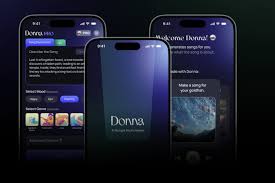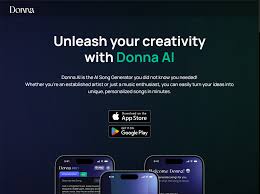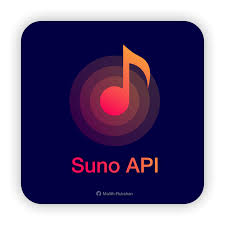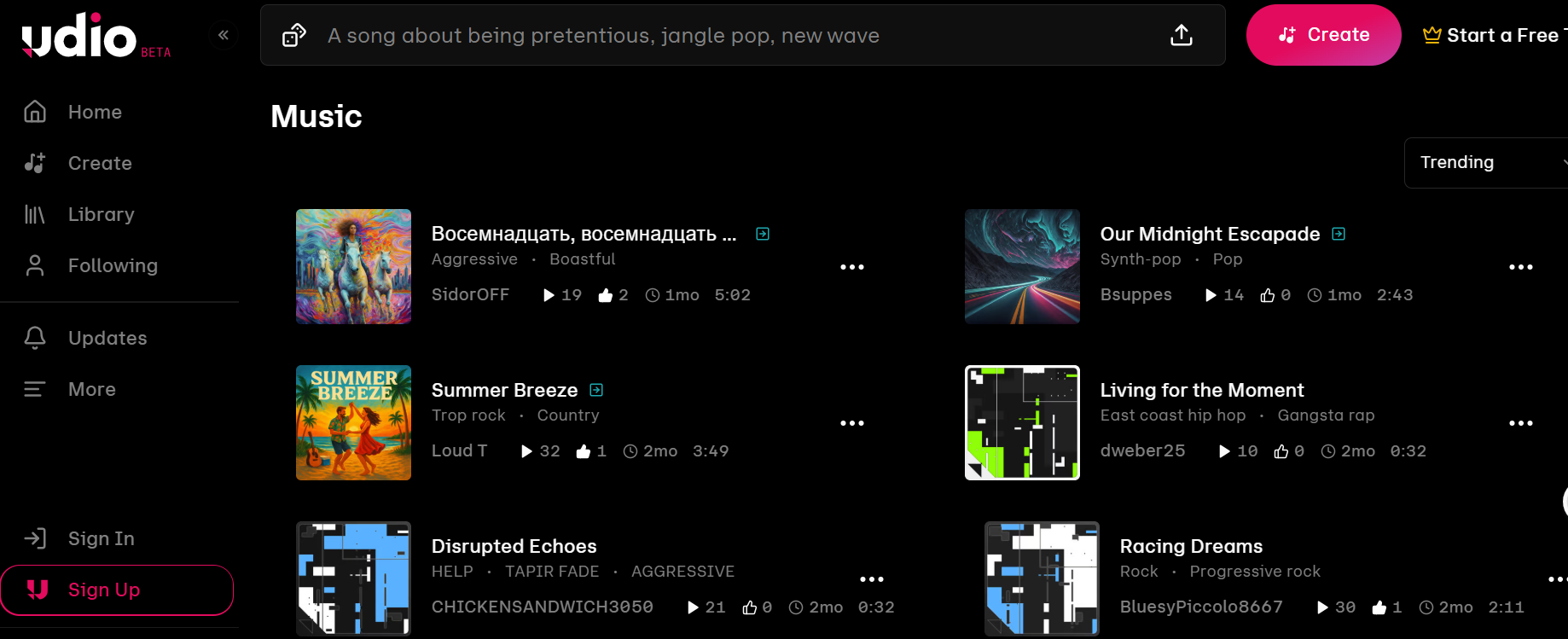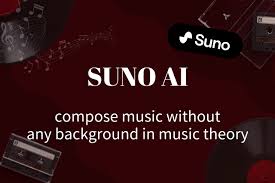AI-generated music is booming—and tools like Suno AI are leading the charge. As of 2025, millions of users are creating songs with just a prompt. But if you're an entrepreneur or indie developer, you might be wondering: Can I build an AI music SaaS using the Suno API and no-code platforms?
Here’s the short answer: Suno AI does not officially offer a public API yet. But there are strategic workarounds and Suno-style alternatives that you can integrate with no-code tools like Bubble, Make (formerly Integromat), and Zapier to build a functioning MVP or commercial SaaS.
In this step-by-step guide, we’ll show you how to:
Understand Suno’s current API limitations
Use Suno-like tools (like MusicGen and Bark)
Connect them to no-code platforms
Build a working AI music generation SaaS without coding
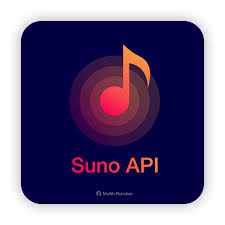
Step 1: Understanding the Suno API Landscape (as of 2025)
Let’s clear this up first:
Suno AI has not released an official public API for generating songs. This means you cannot legally or directly integrate Suno into a SaaS product via code or automation.
However, Suno has released open-source projects like Bark, which you can use for vocal synthesis. This opens up opportunities to combine Bark with open-source audio generators like MusicGen and build your own “Suno-like” stack.
? You can’t use the actual Suno API
? You can replicate Suno’s functionality using open-source tools + no-code logic
Step 2: Set Up AI Music Generation with No-Code + Cloud APIs
You’ll need to stitch together three major parts:
A. Text-to-Music AI Engine (Backend)
Use:
Hugging Face Spaces with MusicGen deployed
Or host it yourself on Replicate, RunPod, or Google Colab
?? Pro tip: Use RunPod to turn MusicGen into a REST API you can call from Bubble.
B. Vocal Generation (Optional)
Use Bark for lyric-to-vocal synthesis.
Host on Hugging Face or Replicate
Alternatively, use OpenVoice for voice cloning
C. No-Code Frontend for SaaS
Use platforms like:
Bubble.io – drag-and-drop SaaS builder with API support
Glide – for mobile-first music apps
Webflow + Xano – for design-forward frontends with backend logic
Step 3: Connecting It All – No-Code Stack Architecture
?? What You’ll Need:
| Component | Tool | Functionality |
|---|---|---|
| Prompt Input UI | Bubble/Glide | Users submit song prompts |
| Music Generator | MusicGen API (via RunPod) | Converts prompt to instrumentals |
| Vocal Synth (Opt) | Bark or OpenVoice | Adds AI vocals from lyrics |
| Workflow Engine | Make/Zapier/Bubble Workflows | Handles orchestration + API calls |
| File Hosting | Firebase/AWS S3 | Stores MP3s and WAVs |
| Auth/Users | Bubble Auth/Auth0 | Manages user accounts and plans |
| Payments | Stripe | Monetize your AI music SaaS |
Step 4: Build It on Bubble – Without Writing Code
UI & User Flow:
Landing Page – Showcase features, pricing, and sign-up
Prompt Interface – Text input box (e.g., “80s synthwave with robotic vocals”)
Generate Button – Sends data to backend workflow (via API Connector)
Display Track – Render MP3 waveform or embedded audio player
Download/Share – Add file download and sharing functions
User Dashboard – Track user generations, credits, and downloads
Bubble API Connector:
Set up endpoints like this:
json
POST https://api.runpod.io/musicgenBody:{
"prompt": "A reamy pop ballad with soft vocals",
"duration": 15}Set response to retrieve:
Downloadable MP3/WAV
Preview link
Lyrics (if using Bark)
Step 5: Monetization Options
Once your MVP is functional, here are some monetization strategies:
Credits System: Free plan with limited generations; upgrade for more
Subscription Tiers: $5 / $15 / $30 monthly plans
Custom Vocal Cloning: Upsell premium plans with custom AI voices
Collab Marketplace: Let users sell their AI songs
Stripe + Bubble makes implementing pricing and access control relatively simple.
Step 6: Legal and Ethical Considerations
Building on open models is safe—but keep these things in mind:
? Check licenses on MusicGen, Bark, and any API you use
? Do not use Suno branding or mimic their exact UI
? Make it clear to users that outputs are AI-generated
? Consider moderation tools to avoid inappropriate content generation
Final Product Demo: What Your Suno-Inspired AI SaaS Could Look Like
Prompt bar: "Create a 90s pop song with female vocals"
Audio preview: Embedded player shows 15s sample
Download: Users can save song locally
Dashboard: Track total songs created, regenerate options
Voice Selector: Choose from AI voices (Bark/OpenVoice)
All of this—done in Bubble, using no code, and powered by free open models.
Conclusion: You Don’t Need Suno’s API to Build a Music SaaS
While you can’t use the official Suno API (because it doesn’t exist), you can:
Build your own AI music generator
Use no-code tools like Bubble, Make, and Glide
Integrate open-source APIs like MusicGen, Bark, and OpenVoice
Launch a real SaaS platform with monetization
This no-code stack enables creators, developers, and indie founders to jump into the AI music industry without writing complex backend code.
With the growing accessibility of generative AI tools, your music startup idea is closer to reality than ever.
Learn more about AI MUSIC


